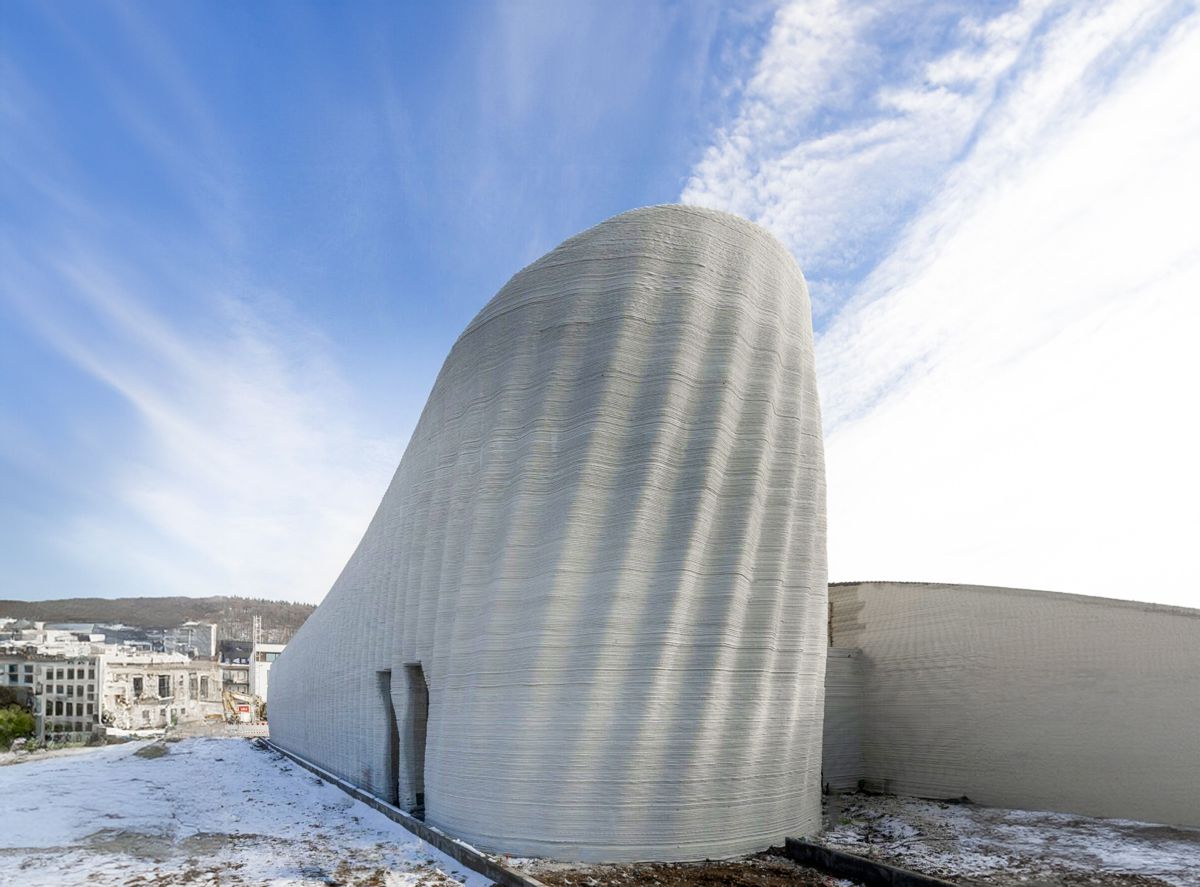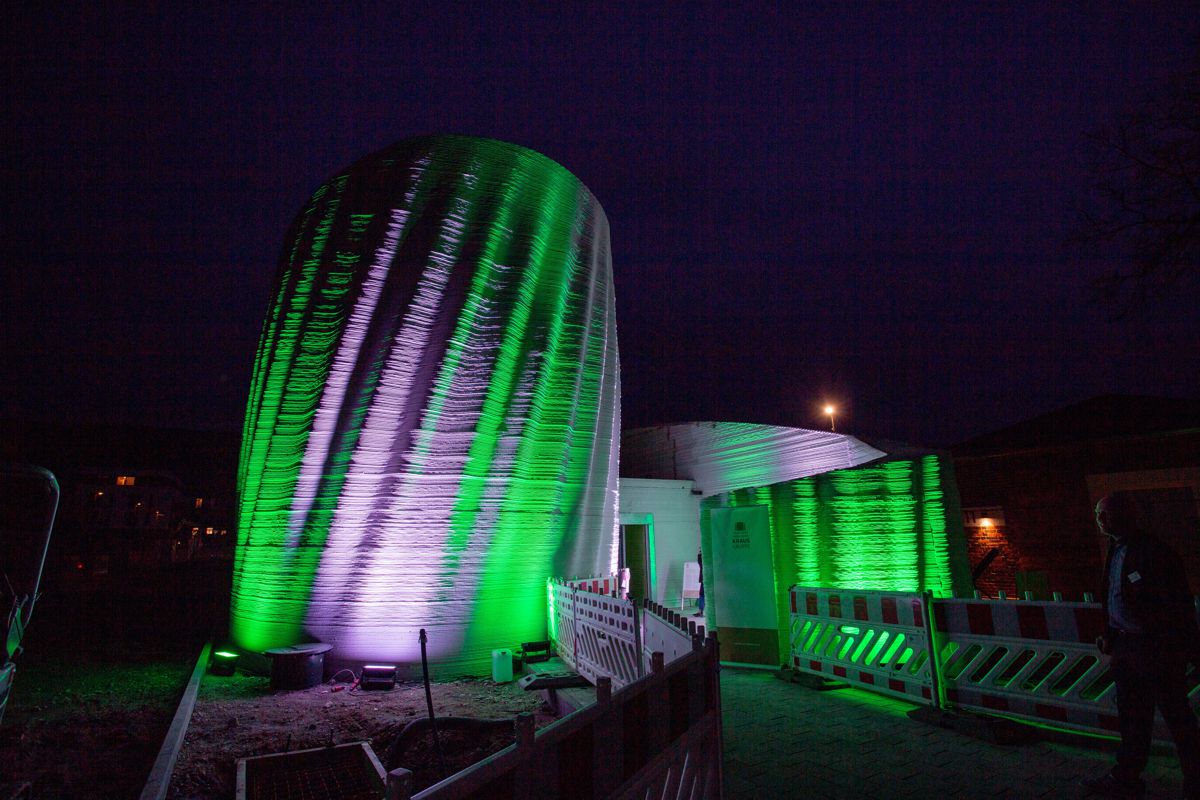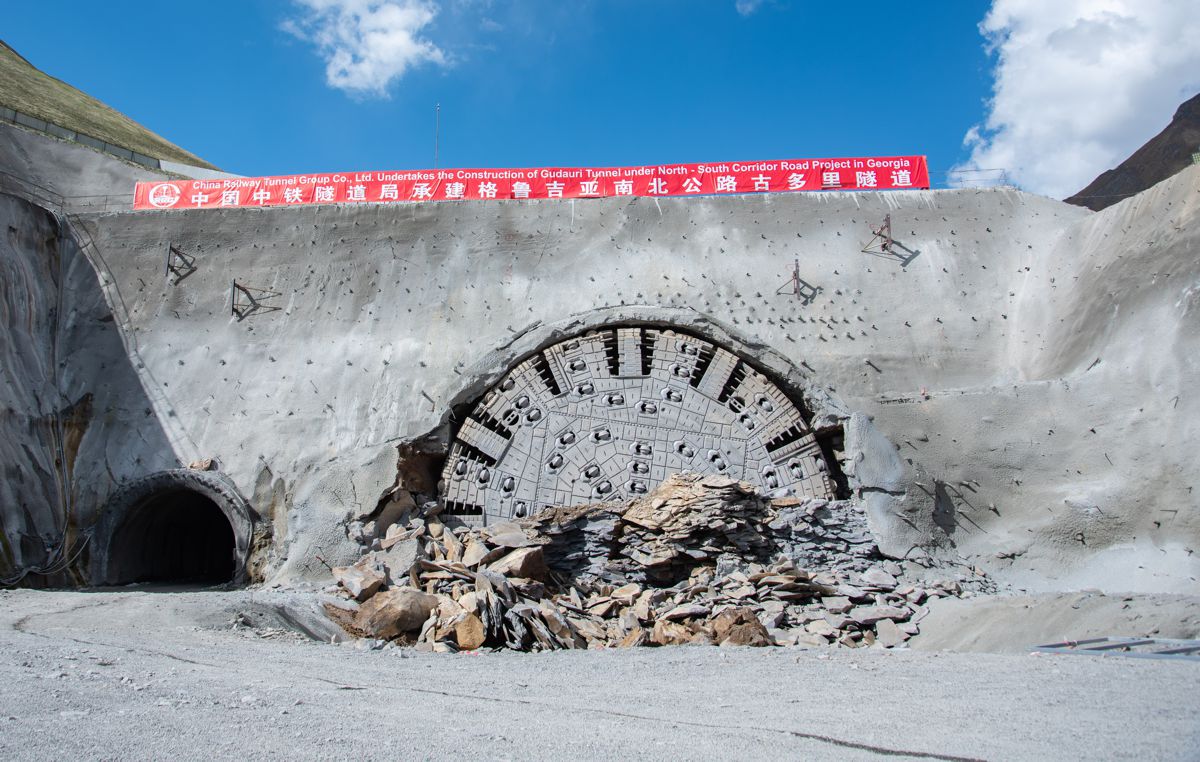Europe’s largest 3D Printed Building inaugurated by Heidelberg
In a landmark achievement for the 3D construction printing industry, PERI 3D Construction announces the completion of Europe’s largest 3D printed building, the Wave House data centre in Heidelberg, Germany.
The building is also one of the first and globally largest industrial buildings made with the 3D construction printing technology.
At the opening ceremony a few weeks ago the realization of the project was celebrated with the handover of keys to the new occupants, IT Heidelberg, in the presence of project partners, the mayor, and a wide array of media representatives.

Due to the typical absence of windows and large openings in all or the main areas of data centres, for safety and other reasons, data centres tend to look quite dull and uninspiring. As long as such data centres are placed far outside the cities this problem is perhaps of less concern, but the trend towards making data centres more in the vicinity of the users and therefore locate them in suburban areas and cities has created a need to make the data centres more visually appealing.
A challenge that in the Heidelberg project was solved by the architects SSV and Mense Korte by giving the walls a wave design, a design feature that also gave name to the building: The Wave House. Such wave designed walls could not have been realized using conventional construction methods, so instead 3D construction printing technology was used due to the design freedom of this construction method.

At the hand over event Dr Fabian Meyer-Brötz, managing director of PERI 3D Construction commented on the project. “We are very proud to have realized our largest building to date with this project. Not only because of the size of it, but in particular due to the special shape and the parametric design used, which documents the immense design freedom of COBOD’s technology“.
The building’s measurements – spanning 600 m2 (approximately 6.600 SF), with dimensions of 54m (177 ft) in length, 11m (36 ft) in width, and 9m (30 ft) in height – were achieved with the walls printed in a just 140 hours. This equates to an efficiency rate of 4 square meters per hour, underscoring the fast execution time of the 3D construction printing technology.
Hans-Jörg Kraus, managing partner of KRAUS GRUPPE Heidelberg, also commented on the cost-efficiency achieved through 3D construction printing: “I cannot tell you what it would cost if we had made the data centre conventionally. 3D construction printing made this project economically viable”.
Henrik Lund-Nielsen, Founder and General Manager of COBOD International, shared his excitement: “This data centre stands as a testament to the advanced capabilities of COBOD’s technology, demonstrating our technology’s’ possibility of delivering not just residential buildings, but also multi-story buildings and complex structures including office spaces, warehouses, and data centres”.















